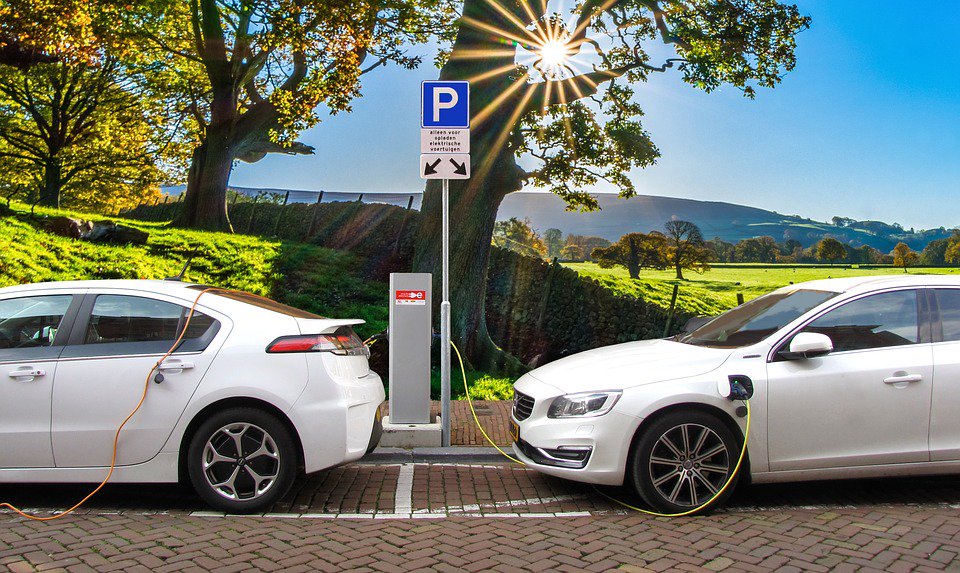Western Australia has released its long-awaited Climate Policy as it looks to achieve net zero greenhouse gas emissions by 2050. As part of this effort, WA has also developed an Electric Vehicle Strategy (the Strategy) which will see the nation’s longest electric vehicle (EV) charging network built along the WA coastline.
The first cab off the rank, or rather, the first EV off the charger, will be the State Government’s own fleet of vehicles, which it has committing to electrify 25% of its eligible fleet and installing charging stations in government buildings.
The Strategy comes with almost $21 million in funding for the Electric Vehicle Fund (EVF), funding which will be integral to the development of what will become Australia’s largest single charging network, slivering like a great snake from Kununurra in the North, all the way down to Esperance, and from Perth out East to Kalgoorlie.
WA Premier Mark McGowan said EVs “provide a pathway towards decarbonising road transport and improving air quality in Western Australia. The industry also has huge potential to create jobs for Western Australians.”
Moreover, McGowan was quick to stress the potential of the global uptake of EVs for the WA economy. After all, WA is home to some of the world’s best lithium, and potentially green hydrogen, resources. Both resources are key to the decarbonisation of the transport sector, lithium-ion battery for cars, and as is likely, hydrogen for trucks, shipping and aviation in the future. Moreover, WA is already home to some of the world’s leading lithium firms, such as Talga and InfraNomics.
WA is thinking about tomorrow, but still emitting today
Despite forward-thinking policies, which is to say forward-thinking in relation to the Morrison Government, Western Australia is still one of the world’s leading greenhouse gas emitters. For this reason, groups such as The Conservation Council of Western Australia (CCWA) have not welcomed the McGowan Government’s overdue Climate Policy that warmly, or at least, not as warm as WA is making the planet.
The CCWA has called on the McCowan Government to legislate emissions targets for major emitters in industry and mining. According to WAtoday, CCWA Director Piers Verstegen described the new Climate Policy as a “collection of various disconnected policies and initiatives.
“It places WA in the company of very few other countries in the world that are still seeing emissions increase,” continued Verstegen, “Saudi Arabia and Russia are two that come to mind. The policy has ended up in a place extremely short on ambition with a few useful initiatives but a fraction of what’s been done in other states.”
Greens MP Tim Clifford told WAtoday the policy was just another aspiration from a government that continued to fail to take real action on climate change.
“Without addressing the drastically rising emissions from the LNG industry, without legislated interim emissions reduction targets and renewable energy targets, and without a carbon budget, this policy provides no real strategy on how this government will effectively reduce emissions,” said Clifford.
“WA is dragging the rest of our country down when it comes to climate action. We’re the dirtiest state per capita, we’re the only state with rising emissions, we’re one of two states without a renewable energy target, and we have a rapidly expanding gas industry.”
WA gov doubling on #gas whilst our major buyers – Japan, South Korea and China – have all announced #netzero targets.
It’s like investing in fax machines when everybody’s buying smartphones, except fax machines are also causing planetary collapse.#wapol pic.twitter.com/bDuBWf4zkh
— Tim Clifford (@timclifford_) October 29, 2020
The fact of the matter is that there is no way WA is reaching net zero emissions by 2050 with this new Climate Policy. Encouraging the uptake of EVs and the future battery market are good starts, but more obviously rational than farsighted. WA cannot reduce its emissions substantially unless its most substantial emitters are incentivised to do so, this is to say, emitters like Chevron’s Gorgon gas field, the Yurralyi Maya Power Station or BHP’s Area C mine, just some of the enormous emitters harboured by the WA Government, and indeed the Federal Government, unless they are made to pay for their emissions.
This content is protected by copyright and may not be reused. If you want to cooperate with us and would like to reuse some of our content, please contact: editors@pv-magazine.com.









1 comment
By submitting this form you agree to pv magazine using your data for the purposes of publishing your comment.
Your personal data will only be disclosed or otherwise transmitted to third parties for the purposes of spam filtering or if this is necessary for technical maintenance of the website. Any other transfer to third parties will not take place unless this is justified on the basis of applicable data protection regulations or if pv magazine is legally obliged to do so.
You may revoke this consent at any time with effect for the future, in which case your personal data will be deleted immediately. Otherwise, your data will be deleted if pv magazine has processed your request or the purpose of data storage is fulfilled.
Further information on data privacy can be found in our Data Protection Policy.